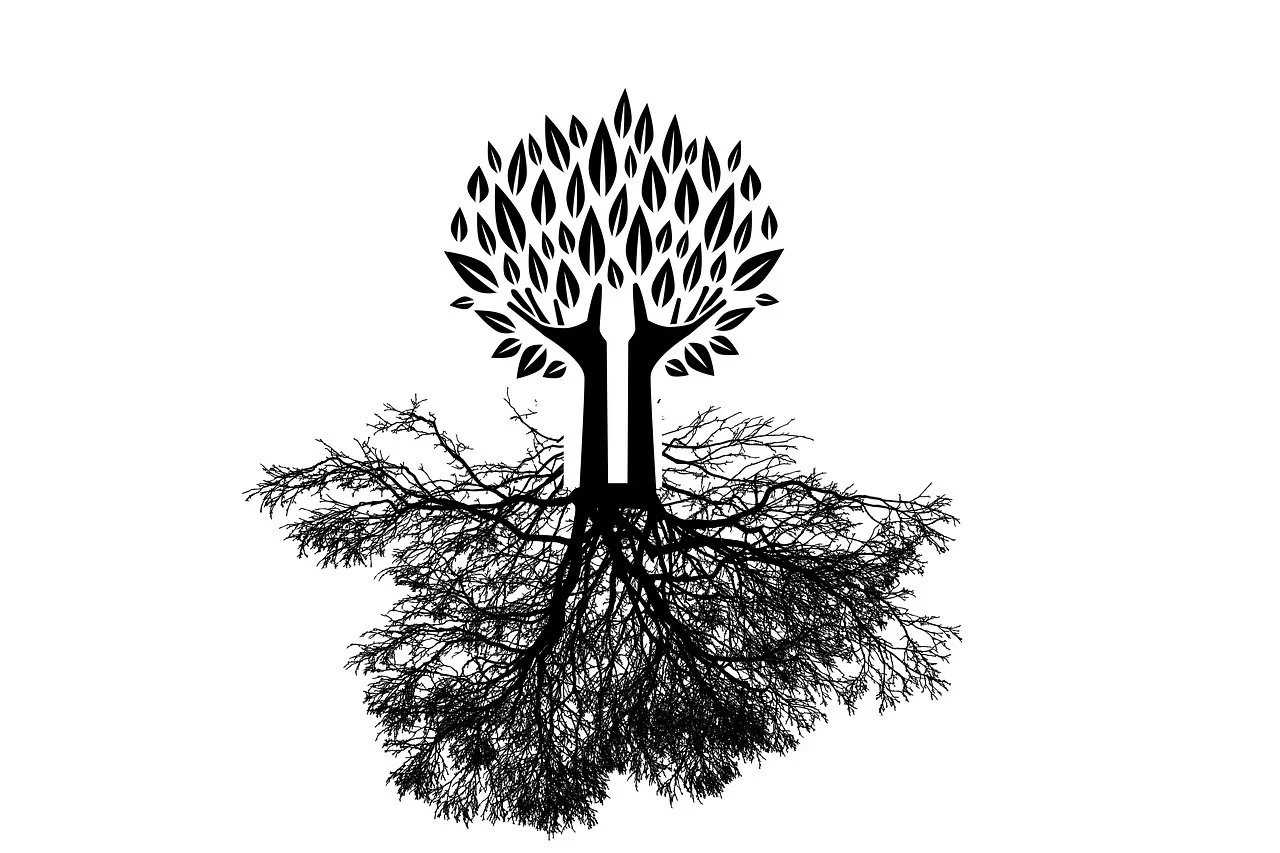
What is Anxiety and How do I Manage it?
Anxiety is a natural response to stress, but when it becomes overwhelming, it can interfere with daily life. This post explores what anxiety is, common symptoms, and evidence-based strategies to help manage it.

Understanding Core Beliefs: How Early Experiences Shape Your Identity
Discover how your core beliefs shape your authentic self — and unlock the path to true self-awareness and growth